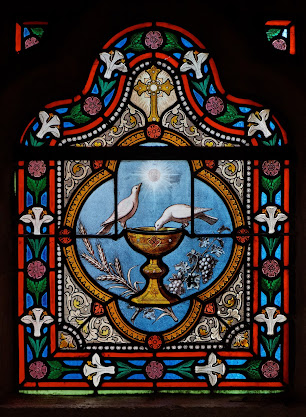Reading Notes: King Arthur Part A
Background Information on Artifacts
In this reading, I was intrigued by all the mysterious artifacts from the sword in the stone to Excalibur. I was especially interested in learning more about the Holy Grail and the Round Table, so I did some outside research on the history of those artifacts if I decide to write a story about them.
- Different sources describe different qualities of the grail—it is either a cup, a dish, or a stone that provides either happiness, youth or abundance.
- The Holy Grail is eternally elusive for those who seek it.
- Legend associates it with the chalice from the last supper.
- Origins of the Grail legend could come from early Byzantine ideas about the Eucharist, Celtic legends such as Bran's life-giving cauldron, or other European and Eastern sources.
- The Round Table seats way more people than I was expecting. According to the story, 150 knights can sit there, but earlier I had been imagining around 12 at most. Although, according to another source the table was created by Merlin for Uther Pendragon in imitation of the last supper table. It has 12 seats, though one is left empty by Judas. The missing knight must be on a quest in search of the Holy Grail.
- Because it is round, there's no head, so everyone has equal status.
- Knights at the table had to abide by a strict code of chivalry. I was surprised by how prominently Christian ideals and beliefs influenced the lives of the knights of Arthurian legend.
Story Source: King Arthur: Tales of the Round Table by Andrew Lang, illustrated by H. J. Ford (1902).
Image Source: Holy Grail stained glass window at Quimper Cathedral.
Illustration of the Round Table with a vision of the Holy Grail in a medieval manuscript.




Comments
Post a Comment